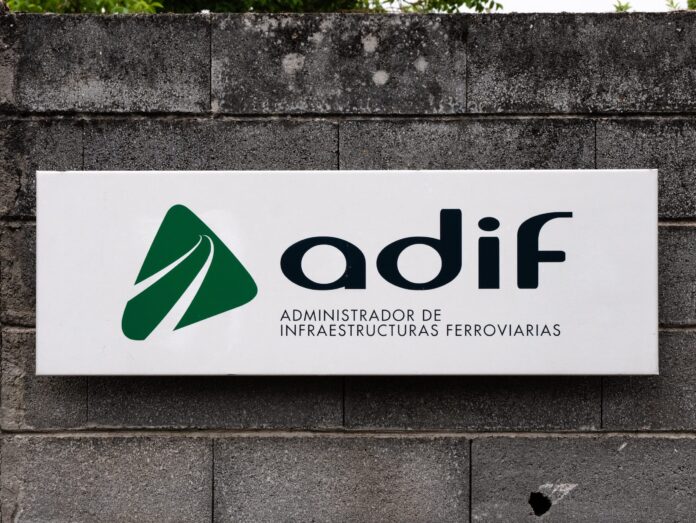Rail infrastructure operator Adif Alta Velocidad (Adif AV) has handed Cellnex Telecom and Nokia a €20.5 million contract to build private 5G and public 5G networks to connect, digitalise, and automate its rail logistics centres in Spain. They have just over five years (62 months) to complete the task. Nokia is working with Cellnex via Tradia, the Spain-based telecoms infrastructure firm’s Barcelona-based subsidiary Tradia, which led the joint-pitch to Adif AV.
State-owned Adif AV manages 3,762 kilometres of track and 46 stations for high-speed rail, plus 11,780 kilometres of regular rail track. The 5G rollout is intended to support its Industry 4.0 ambitions, and crucially to reduce the cost of rail freight transport, said a press note. In tidal, Cellnex and Nokia will deploy 10 different private 5G networks in 10 different logistics terminals in Spain; each will use the 2300 MHz band.
The 10 private 5G deployments, for exclusive use by Adif AV, are scheduled for the Vicálvaro and Villaverde terminals in Madrid, the Zaragoza Plaza terminal in Zaragoza, Can Tunis and La Llagosta in Barcelona, Fuente San Luis in Valencia, Majarabique in Seville, Vitoria Júndiz in Vitoria, plus terminals in Bilbao and Valladolid. Alongside each, Cellnex and Nokia will string-up public 5G coverage to connect rail lines around and between the terminals.
The public 5G infrastructure will be available on a shared basis to telecoms operators to provide their services to “areas where deployment would not be economically viable at present”, said a statement. The public 5G setup will provide “umbrella coverage throughout the terminal area(s) in the 700 MHz band and… in the 3,500 MHz band in high traffic density areas”. The contract covers the design, build, and management of the network infrastructure.
A statement said: “[This] will enable sustainable mobility by helping to interconnect the main transport nodes of the rail system… [to] revitalise rail transport, particularly freight… This infrastructure will guarantee advanced connectivity services for high-density environments, as well as bringing in various 5G technology applications which, among other things, will make it possible to use IoT networks, which are essential to monitoring critical assets.”

